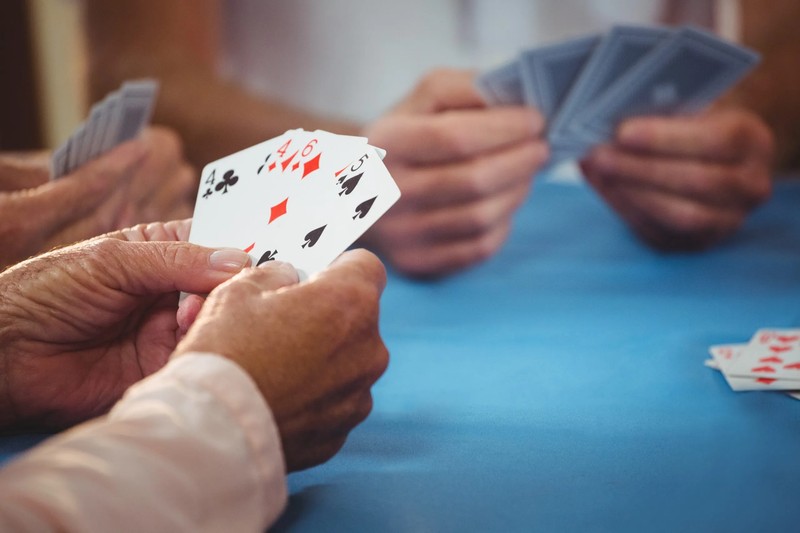Unveiling the Deck: Indian Rummy Trivia and Fun Facts
The game of Rummy is as fascinating as it is engaging. Since the game is so long-lived and ancient, it has evolved over time. There is a reason it was able to cut through the leashes of time and survive for so long. It is highly engrossing, and it brings people together.
In India, Rummy is played on various occasions, like functions, festivals, marriages, summer vacations, get-togethers, and many more. It has woven itself into the fabric of Indian society and has created a special place in the hearts of these people. An average Indian knows how to play Rummy and have a great time!
In this blog, we will discuss the unique attributes of Indian Rummy, its fun facts, and a short tutorial on how to play Rummy!
How To Play Rummy: Unveiling The Deck!
Indian Rummy is played amongst 2 to 6 people with 13 or 21 cards. The dealer deals cards to each participant, and every player gets a certain number of cards.
Once the cards are distributed, the players have to create a set of cards of similar value from different suits or a numerical sequence of cards from the same suit. In order to create a set or sequence, you will have to draw and discard cards.
Fun Facts and Trivia About Indian Rummy
1. Rummy’s Travel To India
A lot of things were introduced to India during the British colonial rule. Rummy was one of the things that Britishers brought with them. We can track the import of Rummy to India to the late 19th to early 20th century.
2. Rummy’s Origin
Rummy’s origin is a fable, yet to be confirmed by experts. That being said, the earliest traces of card or board games similar to Rummy could be found in old Mexico and China.
A Mexican game called “Conquian” and a Chinese game called “Mahjong” is said to be the inspiration behind Rummy’s birth.
3. Evolution into Indian Rummy
Over time, the game evolved in nature and format and started reflecting the unique cultural attributes of the Indian continent. Indians and their fondness towards Rummy also birthed a loving nickname or regional name for the game, “Paplu” or “Nichlu” or “Taplu”.
Slowly and steadily, it found its place in various spaces and occasions in the country, like wedding ceremonies and dhabas.
4. Indian Rummy Deck
Unlike the other variations of Rummy, Indian Rummy is played with two decks of standard card decks. This usually added an element of unpredictability and anticipation, both alike.
5. Rummy’s Legal Status
Indian Rummy is a game of skill and strategy. Yet, some people believe it to be a game of luck. However, the Supreme Court of India ruled that it involves strategy and skilful implementation.
Hence, Rummy gained legal status in India, with the exception of a few states.
6. Social Significance
Rummy found its way to the hearts of Indians with growing engagement. The game is well known for creating social bonds and interactions. That is how it is a staple card game for children and adults during weekends, Diwali holidays, Christmas breaks, summer vacations, etc.
Conclusion
Indian Rummy has a rich history and cultural significance. Since it encompasses mental stimulation and entertainment in a single game, it is also a favourite for all ages. Once you learn how to play Rummy, there is no going back!




